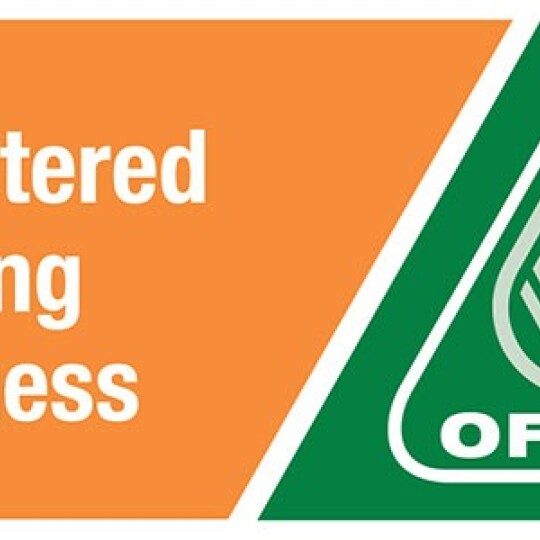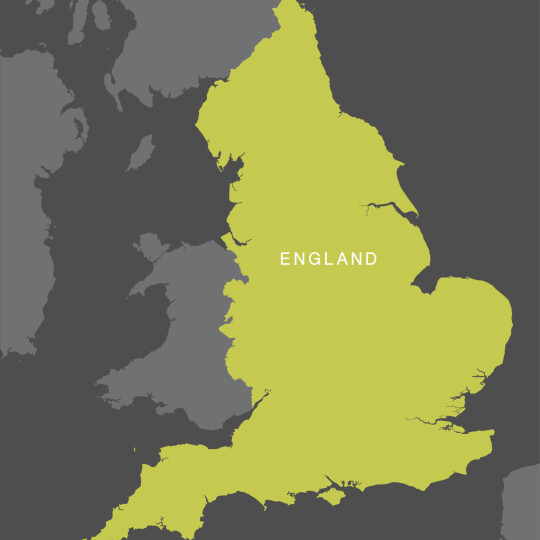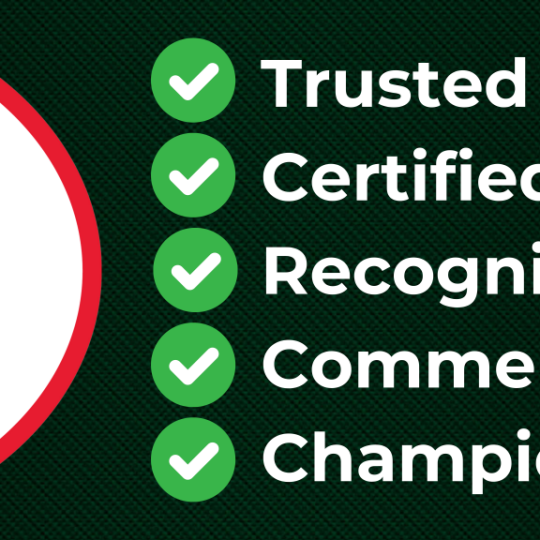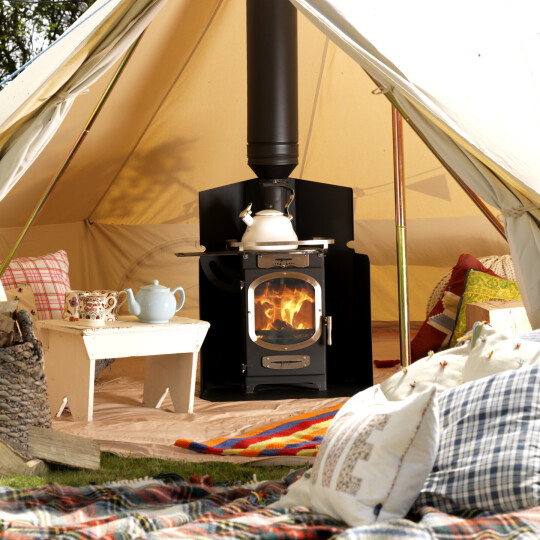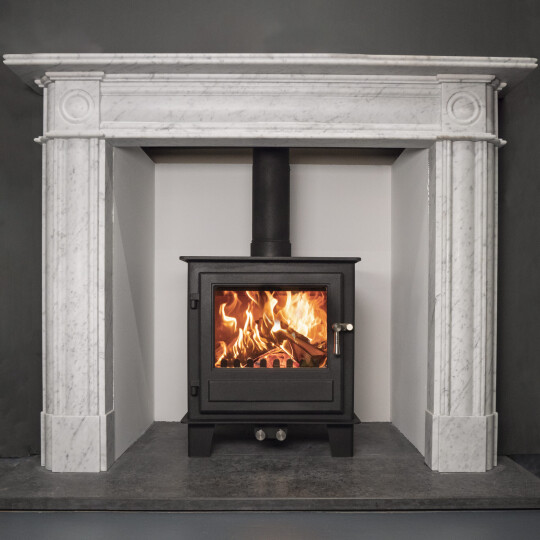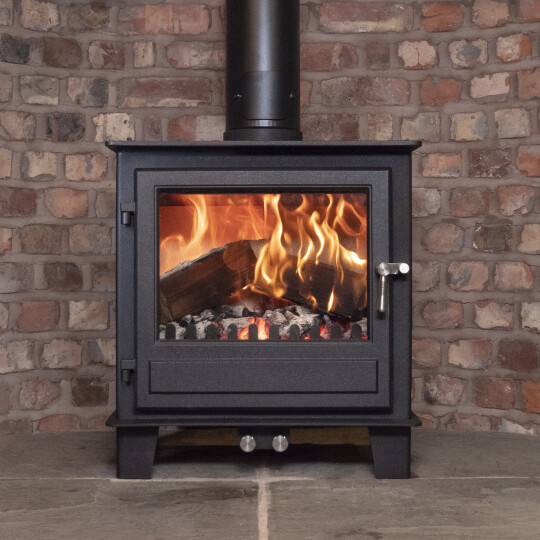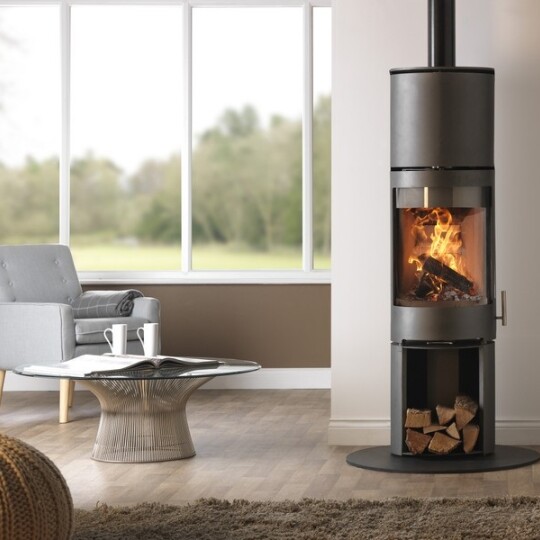Choosing The Right Stove For You
Choosing The Right Stove For You.
When you first start looking into buying a woodburner or multifuel stove, it can be a little daunting.
Before you get too bogged down in deciding on a stove you must first know if it is a safe and appropriate thing to do. The first thing to do is to complete our initial Virtual Inspection Forms which will enable us to tell you, in principle, if we think it’s possible… or not. We’ll also be able to tell you if there are any limitations on the type of stove you may be able to have, or the type of stove which we think would work well for you.
Smoke Controlled Zones
One of the next factors to consider is whether you live in a smoke-controlled zone or not, check your area here. If you do live into these areas, you will need to look into Defra exempt appliances. Learn more about what exactly a smoke-controlled zone means here.
Style
A stove is personal style and simply what you like the look of. We offer many different styles, take a look at our modern appliances here or if you prefer a more traditional style have a look here. Deciding on the aesthetic that suits your home is the fun exciting part - but the great deal of choice even after you’ve decided on the look you’re going for is still pretty difficult. So, let’s look at other things to consider when making your choice.
In some cases, the size of the existing recess can impact your decision. If the size is limited, a freestanding model may not be the most appropriate option as stoves need ventilation around the sides - so rather than having a tiny dust trapping gap underneath and around the sides, consider an inset stove to make the most of the space you have.
Heat Output
The heat output of a stove is measured in kilowatts, which you may have seen as 5Kw for example. This number tells you the nominal amount of kilowatts of heat that the stove is capable of pushing out into the room. We usually recommend sticking with 5Kw which is in most cases the perfect match. There are of course instances where a larger or smaller output is necessary, but on average 5Kw is suitable. Several factors can determine what output is suitable for you. The main factor is the size of the room the appliance is going into but the shape of the room, the amount of insulation in the property, the presence, or not, of double glazing, the property construction type or if you know the room is particularly cold or hot are also factors. We are happy to give you advice on this to ensure you’re looking at the right stoves.
It is really important to match the heat output of a stove to the room it’s going to be used in for a few reasons. The plain and simple one is that you want the stove to heat your room efficiently. If you go for a smaller Kw than recommended, you won’t feel the difference in your heating. A larger stove that matches the room will in the long run pay for the price difference between models by reducing your heating bill.
On the other end of the scale, choosing a stove with a greater heat output than necessary also comes with a few problems. The obvious is that your stove is going to produce way too much heat for the space making it incredibly inefficient as either you’ll have to open all of your windows and sit in your lounge in your undies , or you’ll close your stove’s air controls down and run it below its optimum temperature. This is not only bad for the environment but it’s also going to burn a hole in your pocket. Every stove has an optimum burning temperature, this allows proper and full combustion of your fuel. Your gases going up the chimney will be clean (looking after the health of your chimney liner) and hot (enabling them to exit quickly and keep pollution to an absolute minimum). When you use your stove below this temperature, which will happen if the appliance is too large, your fuel will not combust properly (which wastes fuel), your gases will be dirty with non-combusted material and they will be cooler. Their journey out of your appliance and chimney will be slow and sluggish because their temperature will be lower that it should be and they will drop heavy tar, creosote, and other nasty deposits on the inside of your chimney flue and only eventually leave the building, polluting your immediate environment as they go.
Eco Design
You may have seen in the news that new Eco Design legislation came into effect at the start of 2022, all stoves we offer are compliant with this so although it’s still a good thing to get clued up on, you don’t need to worry about it with our stoves. See more here.
Efficiency
Heat efficiency is another thing to consider, this is the amount of heat that’s delivered to the room. Similar to the heat output, but this refers to how effectively the appliance delivers the heat rather than the nominal kw output it is capable of producing. The good news is as well as greatly lower emissions, modern Eco Design ready stoves are much more efficient than the older stoves, with some offering up to 80% efficiency. The % number indicates the percentage of the heat produced which is coming into the room against the percentage of heat which is lost up the chimney. An 80% efficient stove for instance will be losing 20% heat up the flue. It is important to remember though that basic physics plays a part here. We must lose some heat up the chimney in order for the gases to be able to rise and leave the building. A stove with a very, very high efficiency number should probably be questioned for this reason. This is important as installing a stove is definitely an investment, so you want your money to go into an appliance which is going to give you the most for your money.
Woodburning stove vs Multi-fuel stove
You also have the decision of a multifuel stove or woodburning stove, as the names suggest a woodburning stove only uses wood whereas a multifuel stove is able to burn wood and smokeless fuel. However, the government are working to restrict and reduce the domestic use of smokeless fuel due to its negative impacts on the environment (and negative impacts on your chimney!), so you may be wondering why would you want to get a multifuel stove if you’re not going to burn smokeless fuel? Even if you’re only going to burn wood, a multi-fuel stove is still a great option due to the different features. The designs of the two types of stoves differs to suit; wood burners have one air control as wood only needs a top-down draught whereas multifuel stoves have two for top and bottom air. This extra airflow makes lighting multifuel stoves easier, which for a new stove owner can be a great thing whilst you’re getting the hang of it. Another significant difference is that wood only stoves don’t have a grate for the ash to drop through as wood likes to burn in a small bed of its own ash, but this must be maintained by ‘doing the grate’ i.e.scooping out the ash with a little shovel and bucket and disposing of. Multifuel stoves however have a grate, and the ash falls into the ash pan below which can just be removed and emptied into the bin, the compost, your rose beds pretty easily and mess free. These extra design features on multifuel stoves can make them a little bit more expensive, but they definitely make a difference in the running of the stove especially for a first time buyer.
So now you’ve got a better idea of the main things to consider when looking for the perfect stove for you, take a look through our website here. And don’t hesitate to call us or pop in for any more advice!



